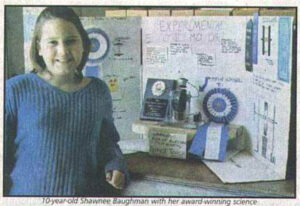Originally posted by Aaron Murakami
View Post
I made 1 coil with single wire and 800 turns. 1 coil bifilar twisted and connected in series with 400 turns. 1 coil quadfilar twisted and connected in series with 200 turns.
I placed the three gen coils along with the motor coil. All coils out of phase. And started the machine.
All 3 gen coils gave me the same voltage. 7, 7 volts. Only with a difference of .2 volts between each other. One was 7, 5v, another was 7, 7 and the third 7, 9v.
I believe the difference is that probably I had some small difference in the air gap of coils.
So that's it. It didn't make any difference.
I got 7 volts instead of 5 volts. Because the rpm was higher. I was using 3 coils less than when I got 5 volts.
I will do what you Aaron told me to do. Connect 2 or 3 coils in series. Hope I don't get too much drag placing 3 coils facing the cores at the same time.
I have to say that the motor coil, which is a bifilar ssg circuit, is not tuned at all, in totally the opposite of been tunned, lol. Right now I don't have the tools to tune it, I am waiting for some hall sensors that I bought online to match the magnets, when I have all magnets matched I will tune it correctly. I just have 200 ohms in the base of the 2n2222, the trigger winding and the power winding have 12 ohms each (if my multimeter is correct). So I would probably will get more out of my gen coils when the ssg circuit is properly tunned. But I will put them in series anyway and work on the generator part while the hall sensors arrive.
Best
Alvaro

 this is a serious piece of work.!!
this is a serious piece of work.!!





Comment